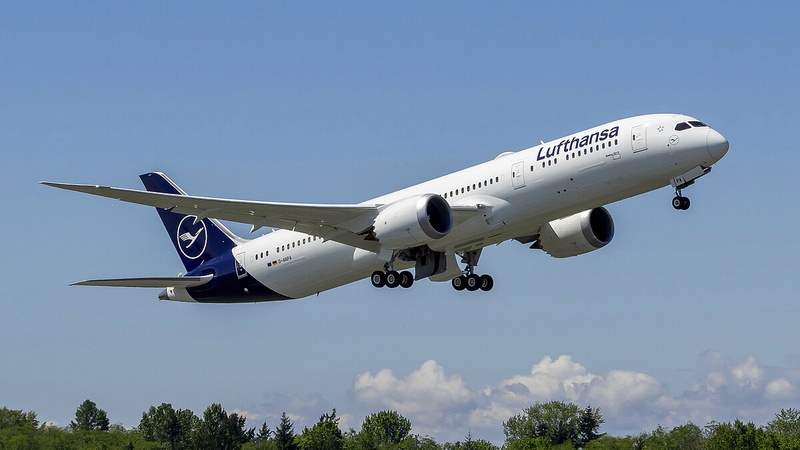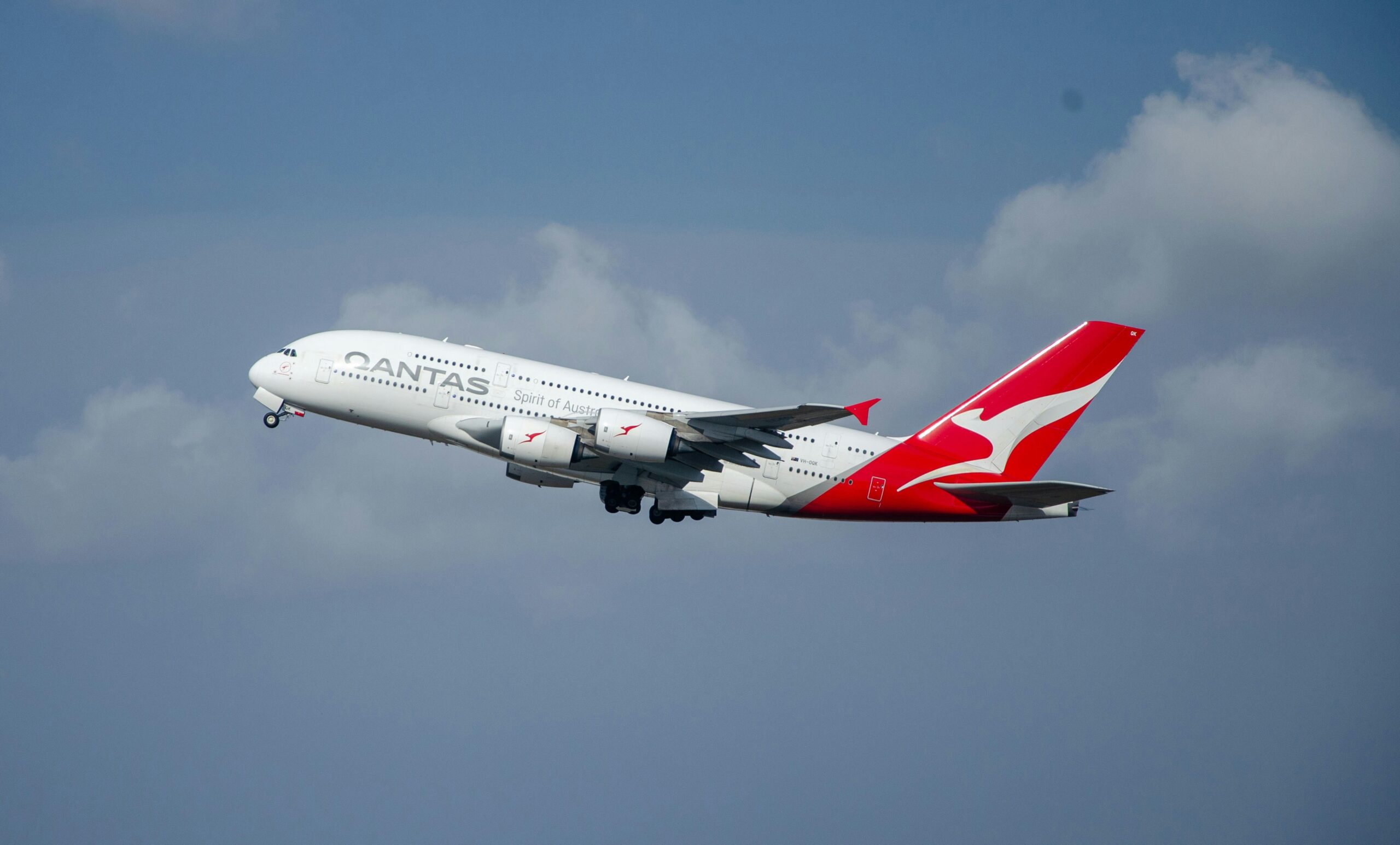When you travel the world, you’ll quickly notice that the etiquette of tipping around the world varies significantly across countries. In some cultures, tipping is a common practice to reward good service, while others find it unnecessary or even offensive. Understanding these differences will help you navigate social expectations confidently, no matter where you go. In this post, we’ll explore tipping customs from around the globe and provide useful tips for travelers to follow.
Why Tipping Matters: A Global Overview
The etiquette of tipping around the world is not just about rewarding good service—it reflects the culture, economy, and social values of a country. In some places, tips are essential, while in others, they are seen as optional or even inappropriate. For example, in countries like the U.S., tipping is a standard way to show appreciation, whereas in some European countries, service charges may be included in the bill, making tipping less necessary.
Understanding the local context behind tipping practices can make a big difference. In the U.S., for instance, service workers in restaurants, taxis, and hotels rely on tips to supplement their income. Meanwhile, other countries may offer better wages, reducing the need for tipping.
General Tipping Guidelines
Before we dive into the specifics of tipping in different countries, here are a few general tips to help you decide when and how much to tip:
- Check for a service charge: In many European countries, the bill may already include a service charge. In this case, tipping is optional, but leaving a small amount for excellent service is appreciated.
- Use the local currency: Whenever possible, always tip in the local currency, even if you’re paying with a credit card for other services.
- Mind the context: In certain situations, like government services or public transport, tipping may be frowned upon or even prohibited.
- Review the bill for service charges: Many hotels and restaurants add a service charge to your bill. If you see one, tipping further is unnecessary unless the service was exceptional.

The United States: A Tipping Culture
The United States is well-known for its tipping culture, making it an essential aspect of the service industry. In restaurants, taxis, hotels, and other service industries, employees often rely on tips to make a living. A typical restaurant tip ranges between 15-20%, and sometimes even more depending on the quality of service. In taxi services, it’s customary to tip around 10-15%. Hotel bellhops generally receive a small tip for carrying luggage—usually around $1-$2 per bag.
Aside from restaurants and taxis, you’ll want to tip other service providers, such as spa workers, tour guides, and hotel concierge staff. While tipping is common, you should adjust the amount if the service doesn’t meet your expectations. The etiquette of tipping around the world often varies, so be sure to observe local customs.
Europe: Varies by Country
In Europe, tipping practices vary widely from country to country. For example, in France, Italy, and Spain, many restaurants automatically include a service charge. In these places, it’s polite but not necessary to leave a small tip, usually around 5-10% of the total bill, if the service was good.
In Switzerland and the Scandinavian countries, however, tipping is not a common practice. Employees in these regions receive higher wages, so there is no strong expectation for tips. On the other hand, in countries like Greece and Portugal, leaving small change (about 1-2 euros) is customary for good service.
Asia: A Complex Tipping Landscape
In Asia, tipping customs differ significantly depending on the country. In Japan and South Korea, for instance, tipping is rare and may even be considered disrespectful. Service workers in these countries take pride in their jobs and don’t expect extra compensation for good service. The *etiquette of tipping around the world* often excludes tipping in these countries.
However, in countries like Thailand and India, tipping has become more common in recent years, particularly in higher-end restaurants and hotels. In India, tipping around 10% in restaurants is generally appreciated, though not always required. In Southeast Asia, smaller tips (around 1-2 USD) are typical for hotel staff, tour guides, and taxi drivers.
Latin America: Tipping as a Way of Life
In many Latin American countries, tipping plays a key role in the service industry. In Mexico, Brazil, and Argentina, for instance, it’s customary to leave a tip of 10-15% in restaurants. Taxi drivers also expect a tip of around 10%, and hotel staff appreciate small tips for their services.
In places like Costa Rica and other parts of Central America, tipping is expected in most restaurants, though it’s not always mandatory. If a service charge is already added to the bill, a small additional tip is appreciated for excellent service.
Australia and New Zealand: Tipping Is Not Common
In Australia and New Zealand, tipping is generally not expected. Service workers are paid a fair wage, so tipping is not as ingrained in the culture. However, if you receive exceptional service, leaving a small tip is a nice gesture, especially in tourist-heavy areas or higher-end establishments.

Tips for Tipping Around the World
Now that you have an overview of the etiquette of tipping around the world, here are a few additional tips to ensure you’re following the local customs:
- Ask locals: If you’re unsure about tipping practices in a specific area, ask a local resident for advice. They’ll likely be able to guide you based on the region’s customs.
- Reward excellent service: Don’t hesitate to leave a generous tip when you receive outstanding service. Your gesture will be greatly appreciated.
- Check your bill for service charges: Always look for a service charge on the bill before tipping further. If the charge is included, there’s no need to leave a tip unless you feel it’s deserved.
Final Thoughts
Each country has its unique tipping customs, but by understanding these cultural differences, you’ll ensure that your travels are smooth and respectful. The etiquette of tipping around the world varies, but adjusting your habits based on local expectations will help you avoid awkward moments and show appreciation for hard-working service staff. So, next time you’re abroad, be mindful of local tipping etiquette and use this guide to enhance your travel experience. Also, follow us on our social media platforms for the latest travel tips, destination guides, and exclusive updates from WentWorld.com. Stay connected with us—digitally and globally!
Catch up on the top stories and travel deals by subscribing to our newsletter!












Leave a Reply